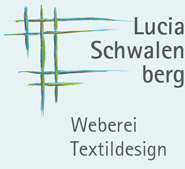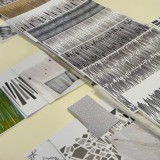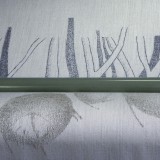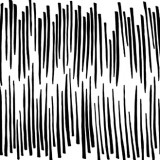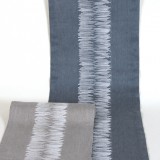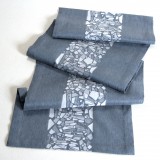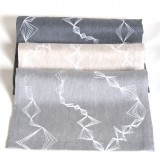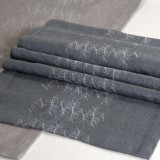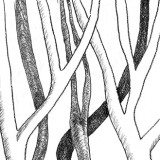Development of jacquard table linen collection
Table linen - rites and history
Coming together for a meal has had a community-building, elementary power since archaic times. It is one of the basic existential forms of living together. It forms orientation, gathers and connects. Beyond the mere necessity to eat, it has social, ritual, and even religious roots.cf. 1 This is true in the circle of family and friends as well as at the level of the working world, society and the world of states.cf. 2
The table set with care is part of the communal meal. As an inviting gesture, the cloth-covered table is a symbol of hospitality and community as central virtues of human culture.
An original form of the table is the altar. In Christianity, it is called Mensa domini, the Lord's Table, in reference to Jesus' Last Supper with his disciples. The fixed attribute of the altar is an altar cloth made of woven white linen. Together with cloths for the host vessel, it is a symbol of Christ's burial shroud.cf. 3
"The white altar cloth is the tablecloth belonging to the Holy Meal. The fact that it is constantly on the altar reminds us of its fundamental importance (...) for the worship of the congregation. For the altar cloth one uses hand-woven pure linen. It (...) should rather end with the front edge of the mensa or even end just before it, so that it rests on the altar plate like a runner."4
"The oldest blanket of white linen had its reason in the interpretation of the same on the fine linen, in which the body of Jesus was wrapped after the removal from the cross. Therefore, the altar cloth has always been such an essential part of the attributes of an altar that its removal was considered a desecration of the sanctuary (...). Only in the days of the Martyrs' Week, Holy Thursday, Char Friday and Easter Sabbath, (...) a symbolic reminder of Christ (...) abandoned by his disciples and deprived of his clothes."5
Finest woven linen cloths belong to early testimonies of textile art, thousands of years before the birth of Christ. They are a cultural legacy imprinted in our collective memory.cf. 6
Precious table linen is an integral part of the trousseau for brides and grooms. As white linen, it was made by hand in sufficient quantity until old age. Sturgeon tailors went from farm to farm and took over parts of the sewing work. In splendidly painted or decorated chests and cupboards it was neatly cared for and kept as a valuable commodity. For many centuries, the dowry was considered a sign of prosperity and the step into an independent life.
The meaning symbolized by the tablecloth is shown by the phrase "cutting the tablecloth". This gesture announces a friendship, dissolves a community or closest family ties: "In the Middle Ages, spouses who wanted to make their separation legally valid had to cut a tablecloth. Each of them kept his piece. One of the most severe honorary punishments was the cut tablecloth for noblemen in the Middle Ages. If their tablecloth was cut, they were excluded from the community."7
From the Württemberg lineage of Count Eberhard, Uhland reports after the son's defeat in the Battle of Reutlingen in 1388:
"He meets the old father alone at the midday meal, a frosty welcome! Not a word is heard in the hall. Ulrich sits opposite his father at the table, his eyes are cast down, wine and fish are brought to him; then the old man grabs a knife and doesn't speak a word, and cuts the tablecloth in two between them."8
———————————————–
cf, 1. Riedel, Joschka: Einflüsse des antiken Symposions auf die christliche und jüdische Mahlpraxis. Geog-August-Universität Göttingen 2013. p.1 ff.
cf. 2. Trattner, Irma: Repräsentation mittelalterlicher Fest- und Tischkultur im Bild. Universität Salzburg/Kunstsuniversitä Linz. o.J. (ca. 2011), pp. 1-13.
cf. 3. Tüpker, Ulrike: Kunst aus der Stille. A tribute to the picture weaving of the Henriettenstiuftung. Hanover 2005. p. 39.
4. association of protestant sacristan in Bavaria: The white blankets and cloths on the altar. www.kirchen-bayern.de
Heideloff, Carl Alexander von: Der christliche Altar, ärchälogisch und artistisch dargestellt. 1838 o.S., from: Bayerische Staatsbibliothek.
cf. 6. Mecheels, Stefan et al: Cultural & Industrial History of Textiles. S. 27ff. Bönnigheit. On the question "Is flax the oldest textile fiber?"
7. Goody, Jack: On the History of the Family. Munich 2002.
8. Uhland, Ludwig: The Battle of Reutlingen.
Clear line in neutral tones - collection development concept
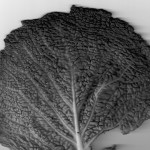
The basic theme of the jacquard table linen collection is the design with linear, folded or organic structures and fine shades. The color scheme moves in neutral tones between gray, gray-blue, beige and nature. From brainstorming on the theme of chaos and order, associations are derived such as leaf and plant structures, branching, folding, rock and crystalline structures, shadows cast and silhouettes in nature and technology. Collages, drawings and sketches emerge. Digital jacquard technology makes it possible to convert hand-drawn filigree designs into fabric as a small series according to free designs. Instead of ornamental weave variations, the decision is made for shading satin weaves and the reduction to neutral tones. The final confection is done by hand as a contrast to machine production without machine seams. The material is limited to linen in the weft and Lyocell in the warp yarn as regenerated fiber from local woods.
Work process and technical specifications
The starting point are hand-drawn designs in pencil, colored pencil, ink and collages.
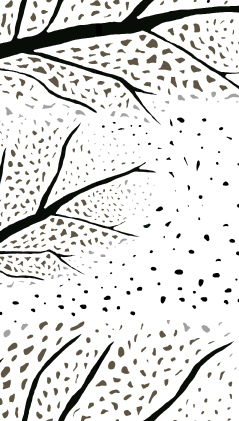 The designs are digitized and edited in Photoshop, reduced to the desired number of shades of gray, refined in line, neatened and worked out in detail. For the bindings, the designs are reproduced lengthwise or all-over. In the AraWeave binding program, the gray tones are covered with bindings. Shading satin weaves are selected for a uniform, restrained weave appearance.
The designs are digitized and edited in Photoshop, reduced to the desired number of shades of gray, refined in line, neatened and worked out in detail. For the bindings, the designs are reproduced lengthwise or all-over. In the AraWeave binding program, the gray tones are covered with bindings. Shading satin weaves are selected for a uniform, restrained weave appearance.
The weft material is fine linen in Nm 30 to 40 and delicate gray to natural tones. The weft density is set at 27 threads per centimeter for a fabric that lies well on the table with a noble sheen. The warp density is 48 threads per centimeter with a warp width of 1.65 meters.
The table runners are woven crosswise. Thus, after a length of 60 centimeters, each runner can be redesigned. This makes unique and small series, trials and experiments possible. The triple-galleted design makes it necessary to repeat after every 55 centimeters. Occasionally, repeats of 27.5 centimeters are also chosen.
In the designs, the task was to approach design criteria: how much clarity should there be, how much reduction, how much detail is possible, how much subtlety, shading, condensation, how fine or broad a stroke. Straight lines or sketchy impression. How does the design behave when woven, how when washed, how does it look and feel. The result is a series of woven designs that appear light and graceful, elegant and individual.
